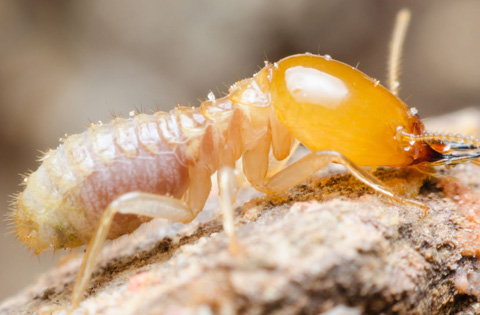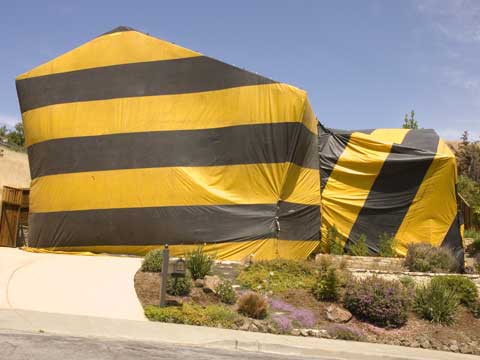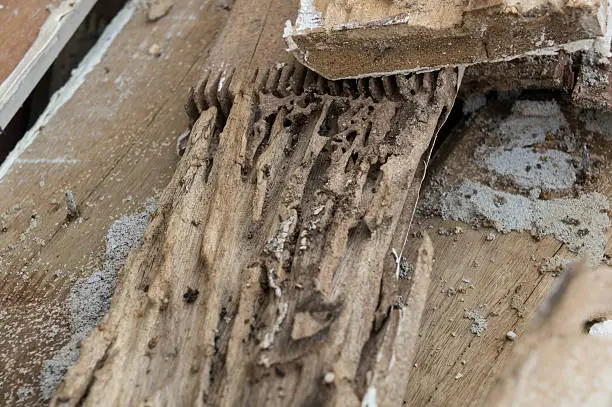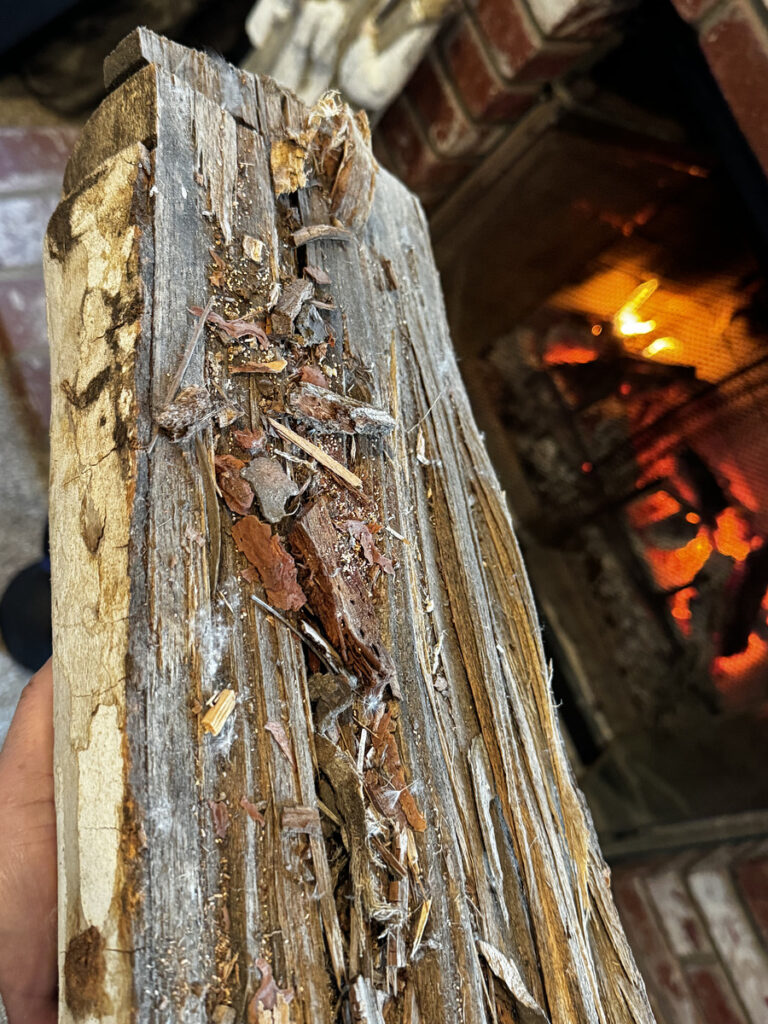

Subterranean termites are among the most destructive pests, capable of compromising the structural integrity of homes and buildings. These termites establish large underground colonies, known as crown colonies, and construct intricate networks of mud tubes to access food sources. Unlike drywood termites, they rely on soil moisture to survive, making them particularly dangerous to foundations and support beams. Once inside a structure, they consume wood and expand their colonies, causing severe damage if left untreated. Early detection and intervention are critical in preventing costly structural failures.

Technicians at Southland Pest Control are highly trained and state-licensed, ensuring they have the expertise to handle any termite infestation effectively. Continuous education and training keep them updated on the latest pest control methods.
After the initial termite treatment, we offer follow-up services to monitor the effectiveness of the treatment and address any recurring issues. Regular check-ups ensure a long-term solution to termite problems.
Experience Top-Quality Pest Control & Prevention – Safe, Effective, and Long-Lasting!
Keep your home pest-free with Southland Pest Control’s reliable and customized solutions for all types of unwanted intruders.
Protect your property from costly termite damage with Southland Pest Control’s advanced detection and treatment solutions
Say goodbye to rats, mice gophers and squirrels with Southland Pest Control’s expert rodent removal and prevention services.
Protect your home and family from the nuisance and health risks of mosquitoes with Southland Pest Control's effective and eco-friendly mosquito control solutions

Fumigation is a highly effective method for eliminating widespread termite infestations. The structure is sealed with a tent for 24-48 hours while Vikane gas is introduced, replacing oxygen and penetrating deep into walls, attics, and hidden spaces. Once the treatment is complete, our technicians air out the structure and conduct a thorough inspection before allowing occupants to return. This treatment is backed by a 3-year warranty for long-term protection.
Heat treatment offers a chemical-free alternative for termite extermination. This method raises the temperature inside the structure to levels that are lethal to termites, ensuring they are eliminated without the use of pesticides. Unlike fumigation, heat treatment can be completed in just a few hours, and occupants can return to their home on the same day.


For smaller infestations, localized spot treatments provide a targeted and cost-effective solution. After inspecting the affected areas, our technicians apply a specialized treatment directly to the infested wood. This method requires little to no preparation and does not require evacuating the home, making it a convenient option for homeowners dealing with isolated termite activity.
Orange oil is a natural, eco-friendly solution that eliminates termites without using traditional pesticides. It works by injecting orange oil directly into exposed wood, killing termites and their eggs on contact. This quick and non-invasive treatment allows you to remain in your home during the process, making it a popular alternative to chemical-based methods.

If you observe any of the signs mentioned above, contact Southland Pest Control immediately. Our licensed professionals will perform a thorough inspection to confirm termite activity and develop a customized treatment plan. Timely action is crucial to preventing further damage and maintaining your property’s structural integrity.
Termites can significantly weaken a home’s structure, making it vulnerable to disasters such as earthquakes. Wood-destroying pests, including termites, carpenter ants, and fungi, can reduce the strength of wooden beams by up to 80%. In some cases, hidden infestations compromise essential support structures, leading to potential collapse. Even decorative elements like porch columns may conceal extensive termite damage. Regular maintenance, inspections, and prompt treatments are essential to preserving the integrity of your home.

Our team is fully trained and licensed to secure your home from invasive termites.
A termite inspection is essential for property buyers and sellers in LA & Riverside County. Many real estate transactions require a comprehensive termite inspection report to ensure the property is free from infestations or structural damage. Our licensed inspectors conduct detailed evaluations of both the interior and exterior, focusing on high-risk areas like attics, basements, crawl spaces, and foundations. We provide fast and accurate reports within 24-48 hours, allowing buyers and sellers to make informed decisions with confidence.
Subterranean termites can infiltrate homes through small cracks and hidden entry points. Key risk areas include:
Preventative inspections by Southland Pest Control can identify these and other hidden risks, helping homeowners protect their property from costly termite damage.
We make pest control simple, effective, and hassle-free.
Here’s what you can expect when working with Southland Pest Control:
Our expert technicians thoroughly inspect your property to identify pest activity, entry points, and risk factors.
We use industry-leading, family- and pet-safe treatments to eliminate pests without harming the environment.
We offer follow-up services, preventative treatments, and expert advice to keep pests from coming back.
We develop a targeted solution based on the type of infestation, property layout, and your specific needs.
Our team applies treatments strategically for maximum effectiveness, ensuring long-lasting protection.
Your peace of mind is our priority! We stand behind our services with warranties and customer support.

Copyright © 2025 Southland Pest Control. All rights reserved.
Pest Control Marketing by Streamline Results